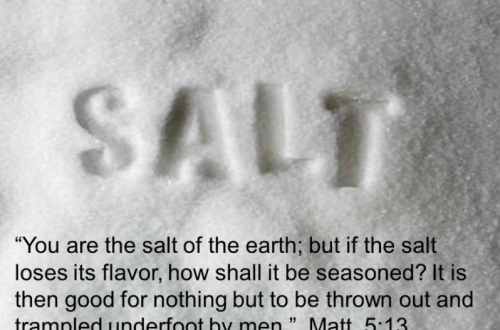Majoring in the Minors – Historical Context
The books of the Minor Prophets were written over a period of about five centuries. A few of the writers were professional prophets while others were simple men called by God. Some were living examples of the prophecy, like Hosea and Jonah. Some directed their prophecies to the Northern Kingdom, such as Amos, others to the Southern Kingdom, such as Joel, and some to other nations, such as Obadiah and Nahum. Most wrote before the fall of Jerusalem, though Obadiah wrote shortly after the fall and the final three books (Haggai, Zechariah, and Malachi) were written during the second temple period. Scholars are confident that all of the Minor Prophets were written after Solomon’s death and before the time of Alexander. Some of their writings can be dated to exact dates, such as Haggai, while dates of others like Joel can only be estimated to within decades or even centuries. Introductions to each book in future posts will provide more details about the specific context of each book.
To understand the proper historical context, it is worth taking a moment to put biblical history into perspective. The chart below provides a very brief overview of biblical history in its proper order. The period of the prophets began after Solomon’s death when the kingdoms of Israel and Judah were divided. The two kingdoms often bickered and sometimes cooperated, but were never reunited. YHWH worship declined in both kingdoms as paganism grew. The Northern Kingdom (Israel) grew corrupt more quickly hastening God’s judgment at the hands of the Assyrians. Those exiled by Assyria were scattered and most never returned. Many were absorbed into their transplant cultures. Repentance in the Southern Kingdom (Judah) held back God’s wrath for a while, but finally Judah grew more corrupt until it was destroyed by Babylon. Unlike the Assyrian exile, the Judahites (hereafter simply called Jews) largely remained united as a group while in captivity. Shortly after Persia conquered Babylon they allowed the Jews to return to Jerusalem and rebuild their temple. Although the Jews were back on their own land and their temple was rebuilt, they were never again truly sovereign as a nation except during brief periods under the Hasmoneans. The last biblical prophet lived and wrote around the period of Nehemiah and certainly no later than a few decades before Alexander.
Basic Timetable of History (According to the Bible):
Creation (41st / 39th Century BC)
Flood (25th / 23rd Century BC)
Babel (24th / 22nd Century BC)
Abraham, Isaac, Jacob (22nd / 20th – 19th / 17th Century BC)
Tribes of Israel Enter Egypt (19th or 17th Century BC)
Exodus (1446 BC)
Judges (1406 – 1050 BC)
Kings – Saul, David, Solomon (1050 – 931 BC)
Divided Kingdoms – Israel = North / Judah = South (931 BC)
Prophets Period Begins (Late 9th / Early-Mid 8th Century BC)
Assyria Exiles Northern Kingdom of Israel (722 BC)
Assyria Attacks Jerusalem then Withdrawals (701 BC)
Babylon Destroys Assyria (612 BC)
Babylon Begins Exile of Judah (609 BC)
Babylon Destroys Solomon’s Temple (586 BC)
Persia Conquers Babylon (539 BC)
Exiles Begin Returning to Jerusalem (538 BC)
Second Temple Built (516 BC)
Prophet Period Ends (Late 5th / Early 4th Century BC)
Alexander Conquers Persia, Palestine, Egypt (333 – 322 BC)
Ptolemaic & Seleucid Rule (331 – 164 BC)
Hasmonean (Maccabean) Rule (164 BC – 63 AD)
Roman Rule (63 BC – 4th Century AD)
Jesus Christ (1 BC – 33 AD)
All dates are approximate; dates prior to the Exodus are generally open to a greater degree of interpretation. Some scholars suggest the Exodus took place about two centuries later while others debate if Israel was physically in Egypt for about 215 years or about 400 years.


